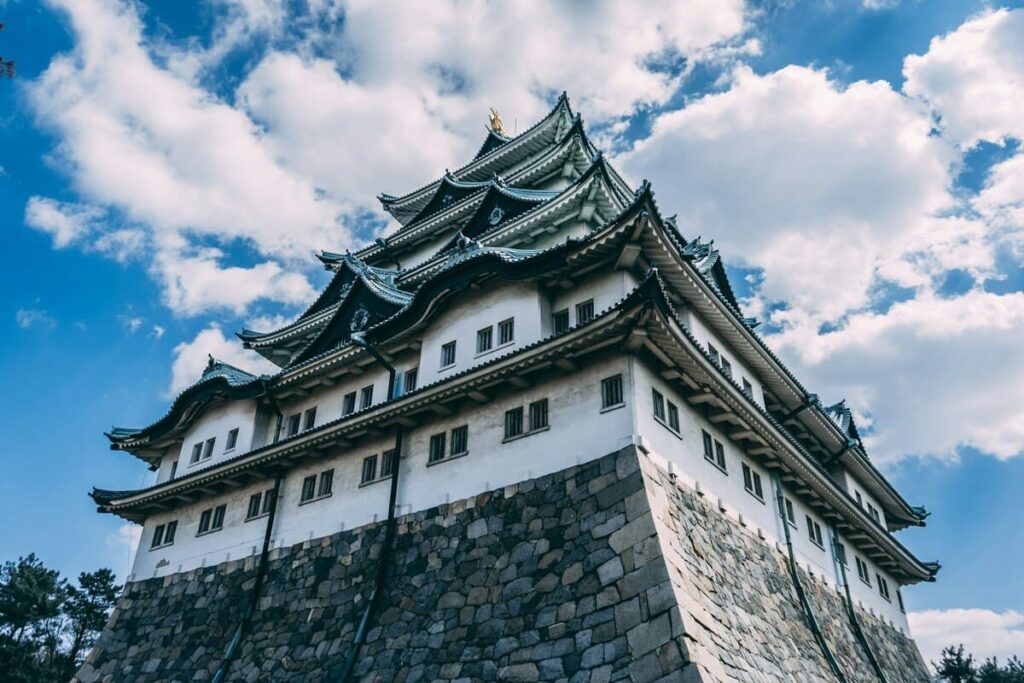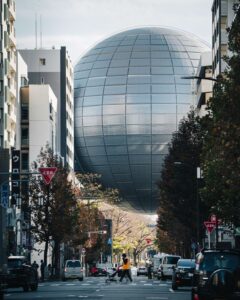Nagoya Castle: A Historical Gem in the Heart of Japan

Nagoya Castle, a symbol of Japan's rich feudal history, stands majestically in the center of Nagoya, a bustling city located in the Chubu region. Constructed in the early 17th century during the Edo period, the castle was originally built as a stronghold for the Owari branch of the Tokugawa clan, one of the most powerful samurai families in Japanese history. Today, it serves not only as a historical site but also as a cultural hub, attracting visitors from around the globe with its stunning architecture and compelling history.
Architectural Grandeur and Historical Significance
Nagoya Castle is renowned for its grand design and strategic construction. It was one of the largest castles in the country and played a significant role in the unification and governance of Japan during the Edo period. The castle's main keep, or "Tenshu," was constructed atop two massive stone platforms, designed to protect it from attackers and to provide a commanding view of the surrounding area.
The most iconic features of Nagoya Castle are the golden shachi-hoko, mythical creatures with the head of a tiger and the body of a carp, that adorn the castle's rooftops. These statues are not only striking in their appearance but also serve a symbolic purpose, believed to protect the castle from fires, which were a common hazard during the period.
Restoration and Preservation
Nagoya Castle has undergone several restorations over the centuries, particularly after suffering extensive damage during World War II. The most recent restoration projects have focused on recreating the castle’s original splendor, using traditional materials and techniques. These efforts have included the reconstruction of the Honmaru Palace, which was renowned for its luxurious painted sliding doors and carved wooden panels, showcasing the artistry of the Edo period.
Cultural Exhibitions and Visitor Experience
Inside the castle's main keep, multiple floors are dedicated to exhibitions that depict the history of the castle and the daily lives of its inhabitants. Artifacts on display include armor, weapons, and personal belongings of the samurai who lived and worked there. Visitors can also enjoy interactive displays and multimedia presentations that bring the history of Nagoya Castle and its significance to life.
Surrounding the castle is a spacious park, popular among locals and tourists for its scenic beauty and seasonal flower displays, including cherry blossoms in spring and chrysanthemums in the fall. The park also hosts various cultural events and festivals throughout the year, which demonstrate traditional Japanese arts and crafts.
Educational Impact and Legacy
Nagoya Castle plays an essential role in educating both Japanese and international visitors about Japan's feudal past and cultural heritage. It stands as a testament to the architectural and artistic achievements of the Edo period and continues to be a source of pride and historical interest.
By preserving its history and continuing to engage with the public through educational programs and cultural events, Nagoya Castle not only commemorates the past but also inspires future generations. Its ongoing restoration ensures that it remains a vital part of Nagoya's cultural landscape, offering a unique insight into the samurai era that shaped much of Japan’s history.
Nagoya Castle is a must-visit destination for anyone interested in Japanese history and architecture, providing a deep dive into the country's storied past and offering a glimpse into the lives of the samurai warriors who once roamed its halls. Its enduring beauty and historical importance make it a key highlight of the cultural and historical fabric of Japan.

